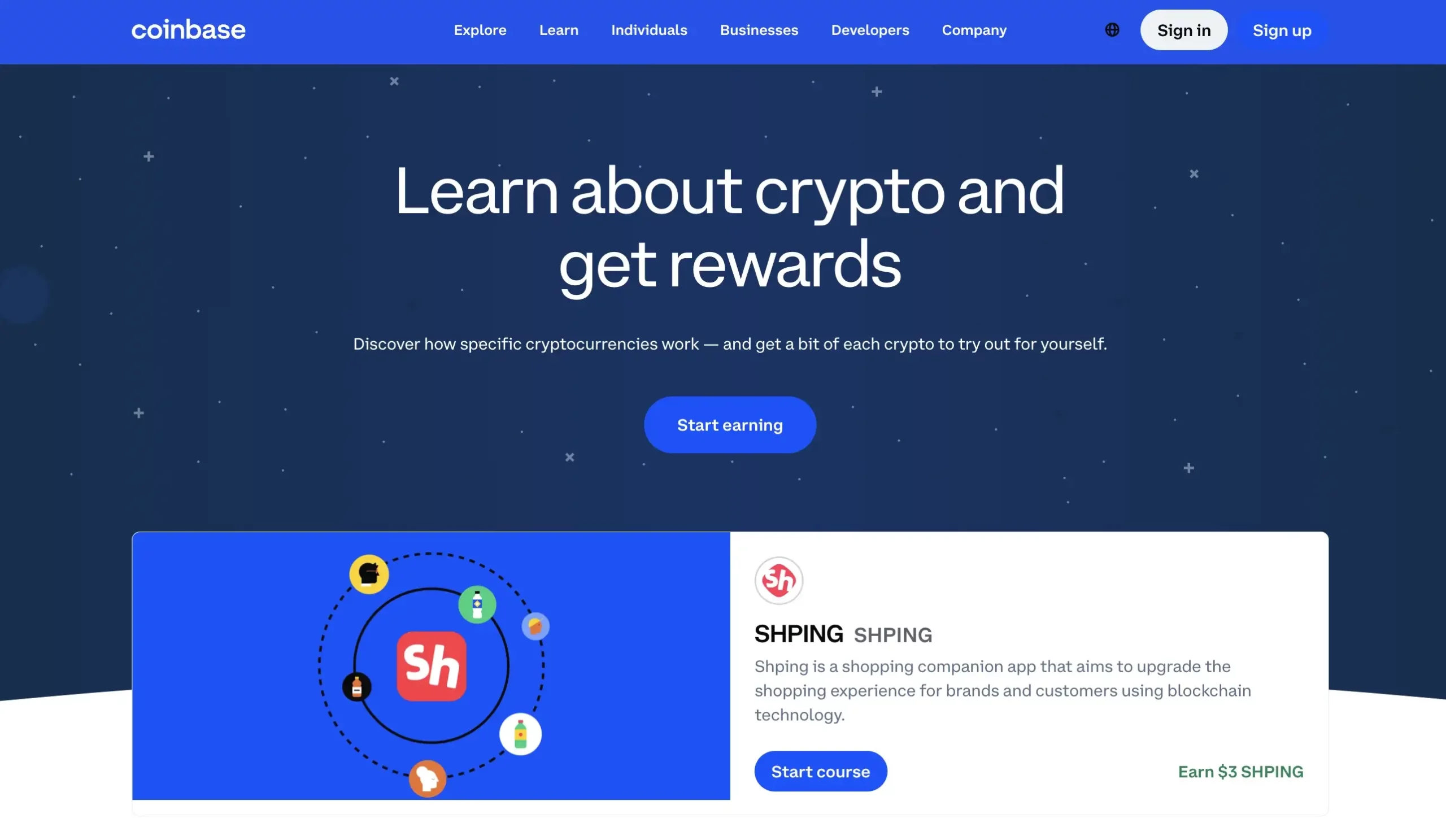The author is SVP of CPG Marketing and CX for Georgia-Pacific.
While navigating AI can be challenging, understanding its capabilities and investing in the right programs can reduce repetitive tasks, generate ideas, identify best practices and improve decision-making. This saves money and allows marketers to fully bring brands to life.
At Georgia-Pacific, our marketing team has embraced a disciplined approach to identifying opportunities, experimenting and scaling AI and various types of technology into our systems. Over the last 18 months, our team has uncovered specific ways AI tools can assist us in capitalizing on our high-value opportunities, propelling us to new heights.
Identifying pain points
To grasp the potential of AI and other technologies in enhancing your team’s operations and deliverables, it’s essential to identify areas for improvement and create a clear roadmap for integrating AI into those processes. This strategic approach will steer your team toward fully adapting and effectively utilizing these systems.
At my company, we began by brainstorming and identifying pain points within our systems to explore how we could harness this technology to enhance our workflow, specifically focusing on methods to improve our content development progress.
We designed a content development process map outlining key steps, from briefing and idea generation to creative development, creator evaluation production and even necessary digital storage and tagging. With this structure in place, we easily identified steps that could benefit from AI and orchestrated a series of experiments to explore two central areas: readily achievable solutions we could begin experimenting with and high-value opportunities.
We identified and experimented with areas in the business that included the early phases of idea generation, copywriting and creative evaluation. Following our experimentation with specific AI tools, we have begun implementing AI solutions during these phases, saving time and money and improving our digital advertising campaigns’ overall opportunity for success.
Dig deeper: How to do an AI implementation for your marketing team
Utilizing AI for idea generation
During the initial stages of creative brainstorming, translating ideas into tangible visions often requires the creation of mood boards to fully articulate a campaign concept.
Previously, our marketing team allocated substantial funds to collaborate with agencies for mood board development. Now, with the integration of AI, we can utilize our own tools to quickly and efficiently design mood boards, consequently saving costs that can be reallocated to other expenditures.
Executing copywriting
During the initial phases of experimenting with AI resources, we partnered with a copywriting AI tool to generate initial drafts of social media copy, ecommerce content and other digital copy variations. This technology significantly narrows the gap between the initial draft and the final product, achieving up to a 50-80% completion rate.
Subsequently, our internal teams overlaid human creative and strategic thinking onto the generated content. Previously, this process necessitated 3-4 rounds of editing; however, with the integration of AI, we have condensed the time it takes, streamlining our workflow significantly.
Concerning ecommerce content, the tool constructs content that is inherently search engine optimized, eliminating manual tasks for the team. With ecommerce copy, algorithms can change frequently, but AI makes those adjustments for us.
Through extensive A/B testing, we’ve found that this tool consistently delivers optimized conversion rates for ecommerce content pages, which is especially crucial in the online purchasing landscape. The tool expedites the process to the final product and consistently yields enhanced outcomes.
Dig deeper: AI transformation: How to prepare your marketing team
Reimagining digital advertising evaluation
With our increased investment in digital advertising, creating digital content efficiently and having confidence in its effectiveness in the market is important. When it comes to digital content or collaboration between stakeholders, it often entails numerous rounds of feedback and edits, leading to significant time consumption.
To streamline this process, we use a tool that analyzes digital advertising materials, predicts the impact of video and images and integrates best practices from various digital tactics. Before launching a new campaign, we use it to scan our digital creative, providing a comprehensive score based on industry best practices and our brand identity. This tool enables us to assess the advertising effectiveness beforehand, enhancing our digital advertising efforts and saving us time by minimizing the need for multiple rounds of evaluation.
As the digital landscape continues to evolve, AI will continue to play a pivotal role in shaping the future of marketing. By embracing AI technologies and harnessing their full potential, organizations can stay ahead of the curve and drive success in an ever-changing marketplace. At Georgia-Pacific, we are committed to remaining at the forefront of this technological revolution, continuously seeking new ways to optimize our marketing efforts and elevate our brands to new heights.
Contributing authors are invited to create content for MarTech and are chosen for their expertise and contribution to the martech community. Our contributors work under the oversight of the editorial staff and contributions are checked for quality and relevance to our readers. The opinions they express are their own.



